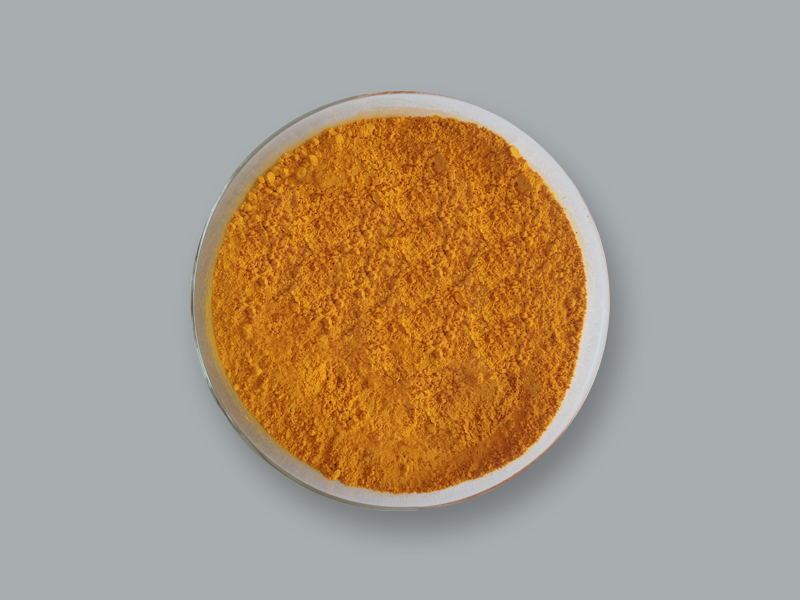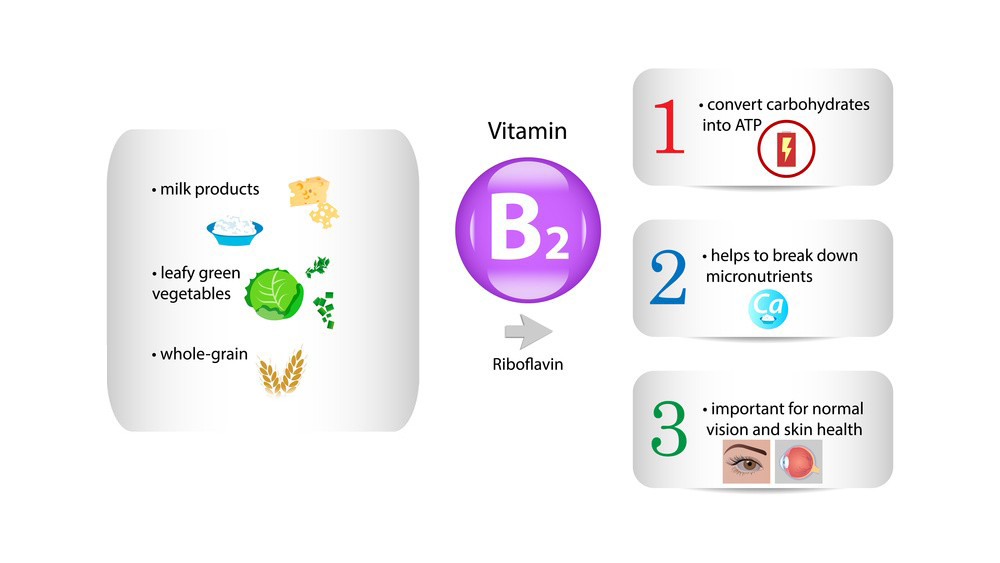Riboflavin, also known as Vitamin B2, is an essential nutrient crucial for various bodily functions. Here’s a comprehensive look at its origin, properties, and introduction:
Origin of Riboflavin:
Riboflavin was first discovered in 1920 by researchers Richard Kuhn and Paul György. They isolated it from milk, which is still a significant dietary source. It was later synthesized in the laboratory, making it widely available for supplementation and fortification of foods.

Properties of Riboflavin:
1.Chemical Structure: Riboflavin is a water-soluble vitamin belonging to the B-complex group. Its chemical formula is C17H20N4O6, and it has a yellow-orange color.
2.Biological Role:
Energy Production: Riboflavin plays a key role in energy metabolism, specifically in the form of flavin adenine dinucleotide (FAD) and flavin mononucleotide (FMN), which are coenzymes involved in oxidation-reduction reactions in cells.
Antioxidant Activity: It helps to neutralize free radicals and protect cells from oxidative stress.
Supports Growth and Development: Essential for normal growth, reproduction, and overall health.
3.Sources:
Dietary Sources: Apart from milk, riboflavin is found in various foods such as meat, fish, eggs, green leafy vegetables, nuts, and fortified cereals.
Supplements: Available as a dietary supplement in the form of pills or capsules.
Introduction:
Riboflavin is introduced into the body through dietary intake or supplementation. It is absorbed in the small intestine and then transported to various tissues via the bloodstream. Excess riboflavin is excreted in the urine, giving it a characteristic fluorescent yellow color when consumed in large amounts.

Health Implications:
Deficiency: Riboflavin deficiency can lead to various health issues, including skin disorders, sore throat, redness and swelling of the lining of the mouth and throat, and anemia.
Toxicity: There is no known toxicity associated with high intake of riboflavin from food sources, but excessive supplementation can cause harmless yellow discoloration of urine.
Conclusion:
Riboflavin is a vital nutrient necessary for maintaining health and vitality. Its discovery and subsequent understanding of its role in metabolism and cellular function have led to its widespread inclusion in dietary guidelines and nutritional supplements. Ensuring an adequate intake of riboflavin through a balanced diet or supplements is crucial for overall well-being.
